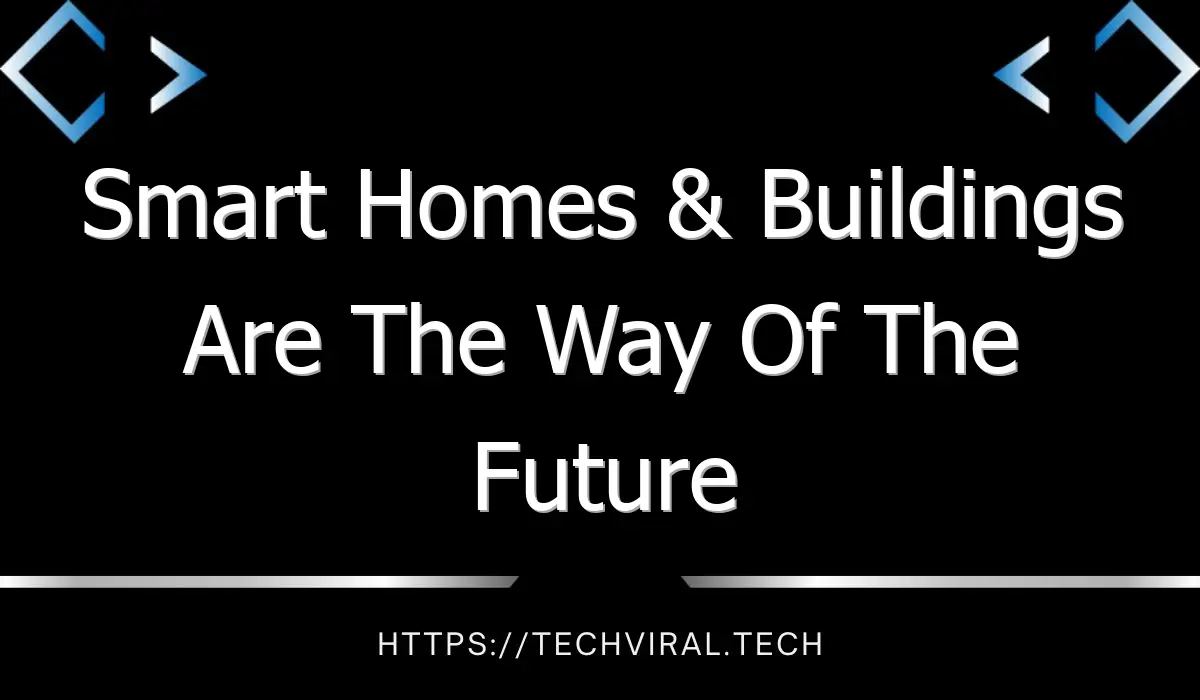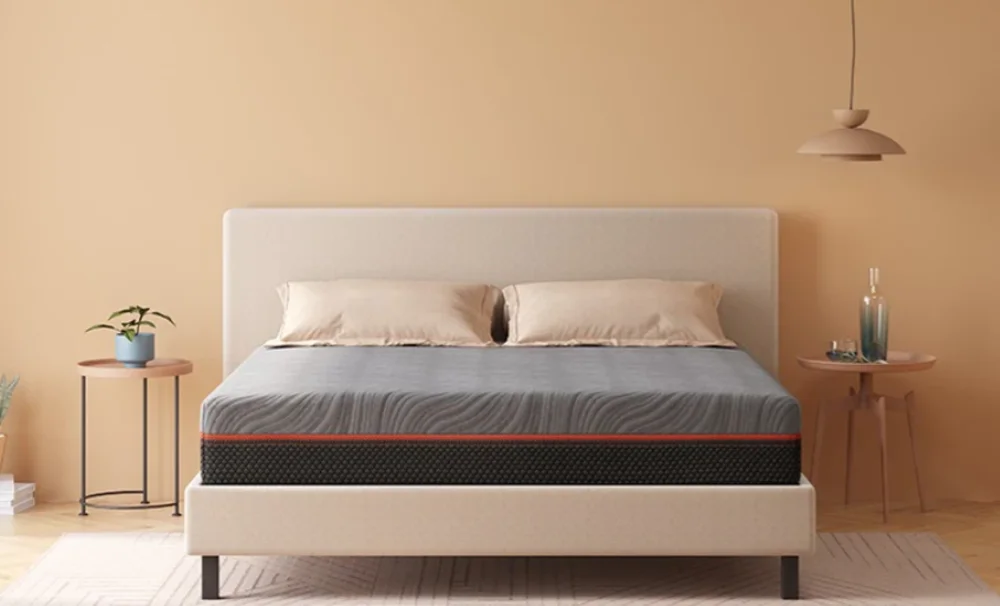Smart Homes & Buildings Are The Way Of The Future
Smart homes and intelligent buildings are the way of the future.
Building a smart home or building is a great way to limit energy usage and waste. As a result, many people look to these structures to improve energy use and sustainability.
They can monitor your air quality and water leakage, and you can control it through your smartphone, so you don’t need to do anything other than check the time.
There are several benefits but disadvantages you should be aware of if you’re considering implementing a new building equipped with sensors and automation.
Designing a home or building is about understanding different technologies’ pros and cons. So, let’s look at the pros and cons of home automation sensors so we can make an informed decision.
Or you can also check Utility Bidder for a more detailed analysis of the advantages and disadvantages.
Energy Efficiency
Smart homes can help reduce energy consumption by monitoring appliances, turning off lights when not in use, and adjusting the thermostat based on whether someone is home or away.
You can also program your thermostat to heat or cool your house before you get home or wake up in the morning. This helps keep utility bills low while ensuring your home is comfortable when you want it to be (and not too warm or cold).
They can also help save money by automatically adjusting their energy usage based on your preferences.
This means you can use less power when you’re away from home and more when you need it most — like when you return from work at night or wake up in the morning.
You can even set alerts for when you’re nearing your monthly budget limit, so you don’t get charged extra fees.
Improved Comfort
Smart homes and buildings also improve comfort by monitoring and responding to the occupants’ real needs.
For example, thermostats can learn your preferences and adjust temperature settings accordingly. As a result, you can control your home’s temperature remotely. You are no more getting up at night to turn down the heat.
And if you have an air conditioner, it can automatically adjust based on the weather forecast.
Smart homes and buildings also use sensors to monitor noise levels, light levels, and even occupancy patterns, which means they can adjust lighting and heating accordingly.
This makes it much easier to save energy while maintaining comfort levels.
Convenience
It allows people to do things without leaving their homes or offices.
For example, customers might be able to order groceries online for delivery instead of going shopping themselves, or homeowners might be able to control their home’s temperature from their phone even when they’re on vacation in another state.
Enhanced Security
They can be equipped with cameras and sensors to monitor your property and alert you to possible intruders, fires, and other threats.
Cameras can be set up inside and outside your home to give you a
a complete view of everything happening from your smartphone or tablet.
Some systems even have facial recognition capabilities to keep track of all of your family members and let you know if someone who shouldn’t be there has entered the house.
If an intruder does manage to slip past the camera system, sensors will detect their presence and alert you immediately via text message or an app on your phone or tablet.
Downtime
While smart homes can save you money on your utility bills, it’s not an instant process.
First, you have to install sensors and other smart devices in your home or building before they can begin saving you money. You’ll need to pay installation fees upfront before they start working.
However, they will make up for this cost once they’re up and running.
While it’s easy to think that all smart devices will work together seamlessly without any issues, this isn’t always the case.
Some devices may be able to communicate with each other just fine, and others may not be compatible with your system at all or require additional hardware or software upgrades before they can connect correctly.
This may result in unexpected costs or downtime until everything is configured and working correctly.
Expense
They can be expensive to install and maintain, especially if you want all the bells and whistles. You may also need to hire an electrician or other specialist to ensure everything is installed correctly for your particular system.
It’s important to remember that there are always hidden costs when implementing new technology in your home or building.
Even if it’s something as simple as upgrading your existing heating system or installing new appliances like dishwashers or washing machines (where these require energy), check for additional fees.
Learning Curve
The biggest problem with smart homes and buildings is that they’re still relatively new technology.
While plenty of devices on the market offer some degree of automation (including locks, lights, and thermostats), most devices still require some degree of manual interaction before you can control them remotely.
This means there will be a learning curve as you figure out how everything works together.
And if there’s anything worse than having a clunky piece of equipment in your home or building, it’s having one that doesn’t work because you don’t know how it works.
Final Thoughts
Smart homes and buildings are undoubtedly the waves of the future.
Thanks to innovative and easy-to-use software systems, monitoring your home’s energy usage has never been easier.
You can monitor your appliances or lights remotely through an app on your phone, set up alerts that provide real-time updates on energy use and costs, and even adjust the temperature in certain rooms with a button.
You can automate almost everything with multiple smart devices available to control various functions within your home or business.
And with energy efficiency as a critical function of intelligent technology, it’s in your best interest to leverage such tools to lower your utility bill.
Just don’t let the fact that it’s “smart” drive you to overspend, as making an older house into a smart one can cost thousands, depending on the size of the structure and what you’re trying to accomplish.




